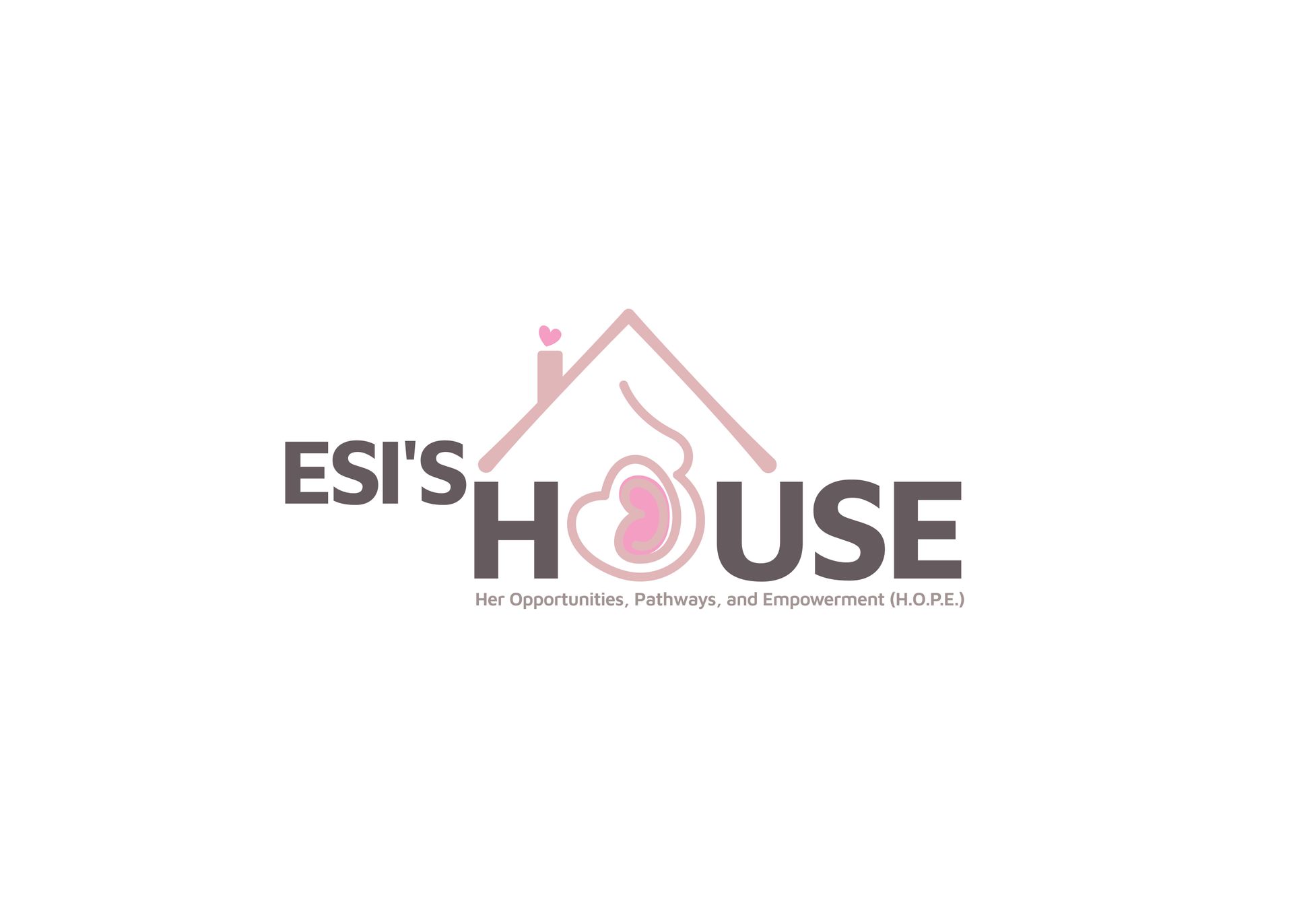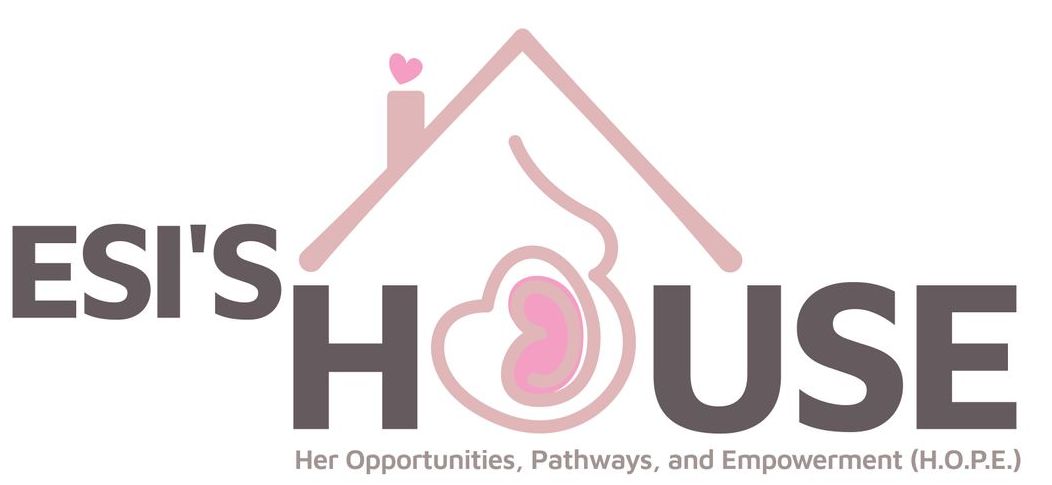Maternal Health Disparities
Across the U.S., women face higher maternal and infant mortality rates compared to other industrialized countries, with large racial/ethnic disparities for each outcome. According to the CDC, more than 80% of these deaths were preventable.
The Need
In Maryland: Maryland’s maternal mortality rate from 2013 to 2017 ranks 22nd among states.
Rates for African Americans were almost 4x that of Whites.
Racial Disparities: March of Dimes data reveals that racial differences in birth outcomes persist in the U.S..
- Infants born to Black and Native American moms are 62% more likely to be born preterm than those born to White women.
- Although babies born to Asian/Pacific Islander moms generally have the lowest rate of preterm birth, there was an 8% increase in 2021, the largest increase of all racial and ethnic groups.
- Black women are the more likely than any other racial/ethnic category to have a low-risk Cesarean birth, putting them at higher risk for future Cesarean births and related negative outcomes.
Age Disparities: Adolescents, especially younger ones, are more likely to have medical complications during pregnancy.
According to the World Health Organization, adolescent mothers (aged 10–19 years) face higher risks of eclampsia, puerperal endometritis and systemic infections than women aged 20–24 years, and babies of adolescent mothers face higher risks of low birth weight, preterm birth and severe neonatal condition.
What does this mean for homeless teen moms? The National Health Care for the Homeless Counsel found that the often disregarded but crucial correlation between health and homelessness underscores the concept that housing is an integral aspect of healthcare.
The challenges faced by those living on the streets or in crowded shelters, including:
- Exposure to communicable diseases
- Violence
- Malnutrition
- Adverse weather conditions
contribute to exacerbated health conditions such as chronic illnesses and behavioral health issues.
Stable housing not only offers safety and privacy but also a conducive environment for recovery, mitigating the strain on emergency rooms and hospitals and emphasizing the inextricable link between housing and health care as essential components in preventing and ending homelessness, improving health outcomes, and addressing social determinants of health.
How do we help? In addition to housing, we prioritize the well-being of both the mother and child by providing access to quality healthcare services. Our collaborative efforts with healthcare organizations guarantee that essential medical needs are met throughout this crucial phase of life.
Services include linkages to care including the public health system of care, group-based prenatal care, doula services, home visits, infant sleep education, breastfeeding services, nutrition education, physical activities, self care and leisure activities, and hygiene essentials for mom and baby.
How do we impact future generations?
The services provided by our nonprofit not only help with current maternal health challenges but also provide young mothers with valuable knowledge, skills, and positive experiences. These resources can influence their decisions and behaviors regarding healthcare, parenting, and their overall well-being in the years to come. This has the potential to break cycles of adversity and enhance the health and opportunities for the generations that follow.





